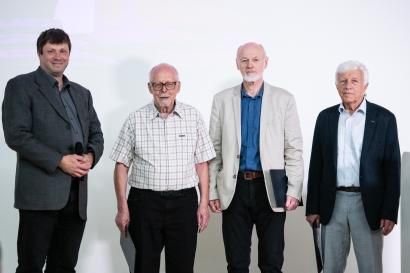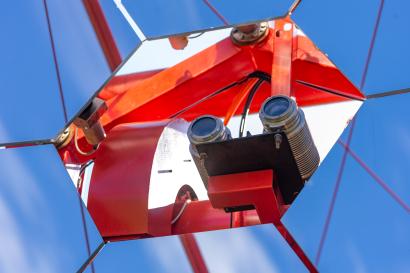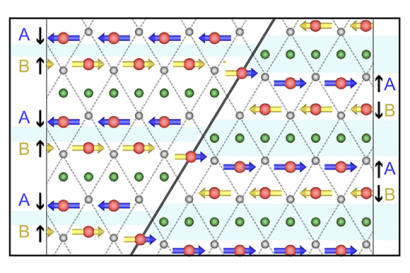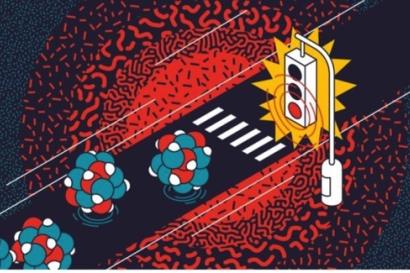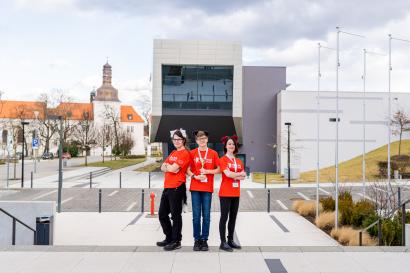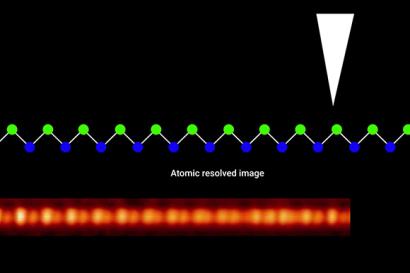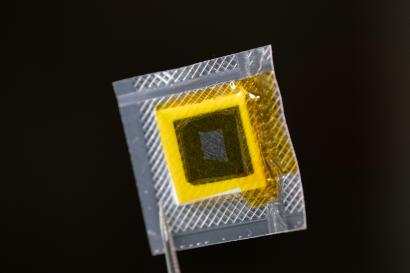Three FZU researchers have been appointed as Emeritus Scientists
On the occasion of the Dvořák Lectures organized by the Institute of Physics, the FZU Director Michael Prouza handed over decrees to appoint the Emeritus Scientists of the Czech Academy of Sciences to three researchers from the Institute of Physics. In his opening speech, he thanked the appointed researchers – namely Pavel Novák, Ivan Pelant and Antonín Šimůnek – for making a significant contribution to the development of physical research by fulfilling their scientific visions.
